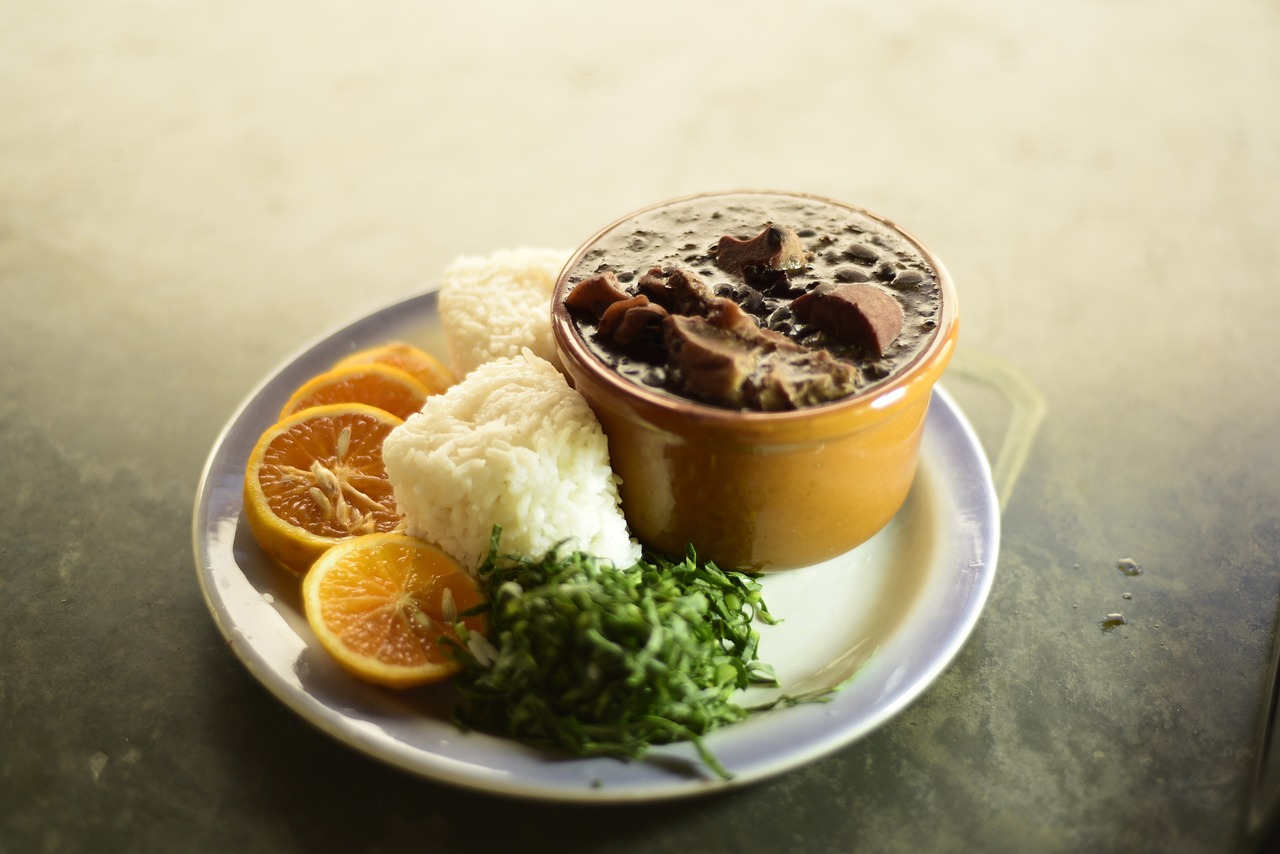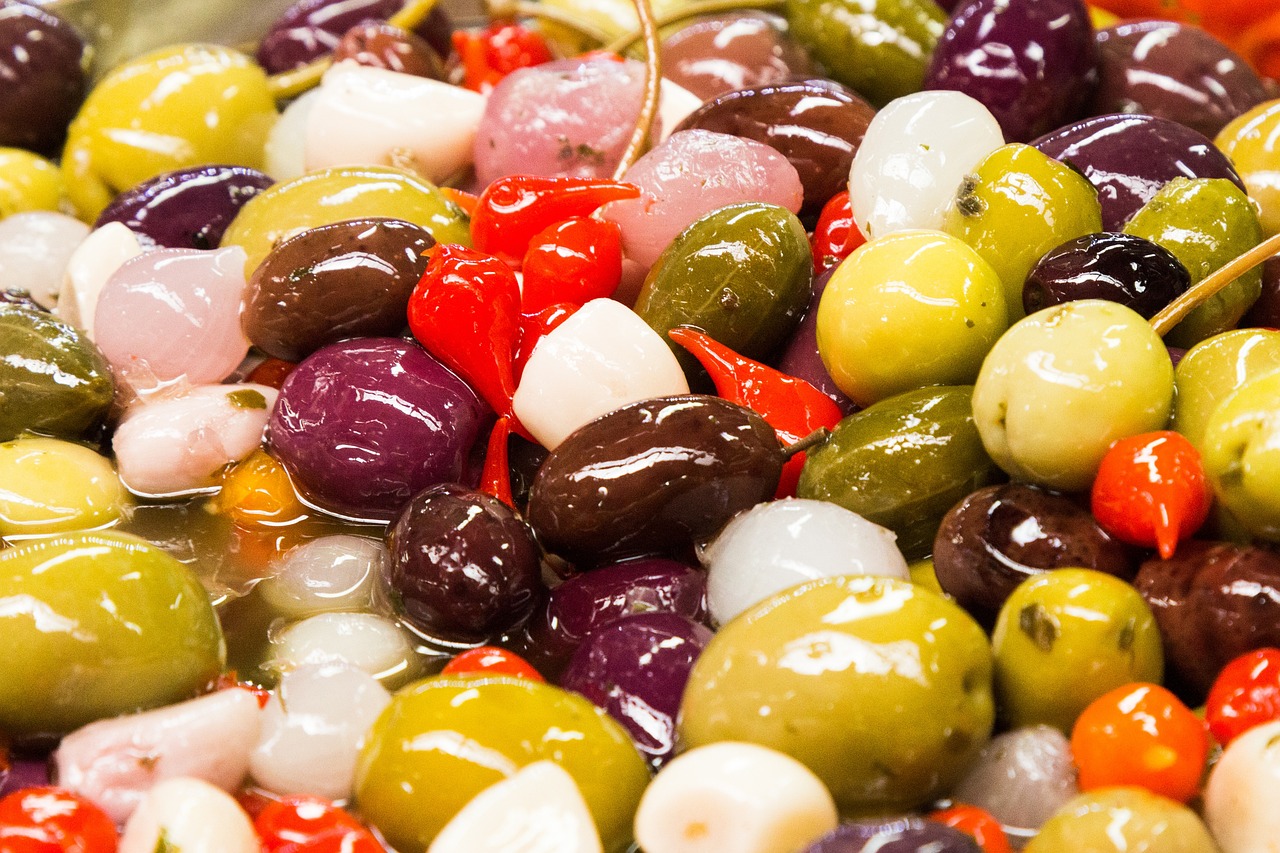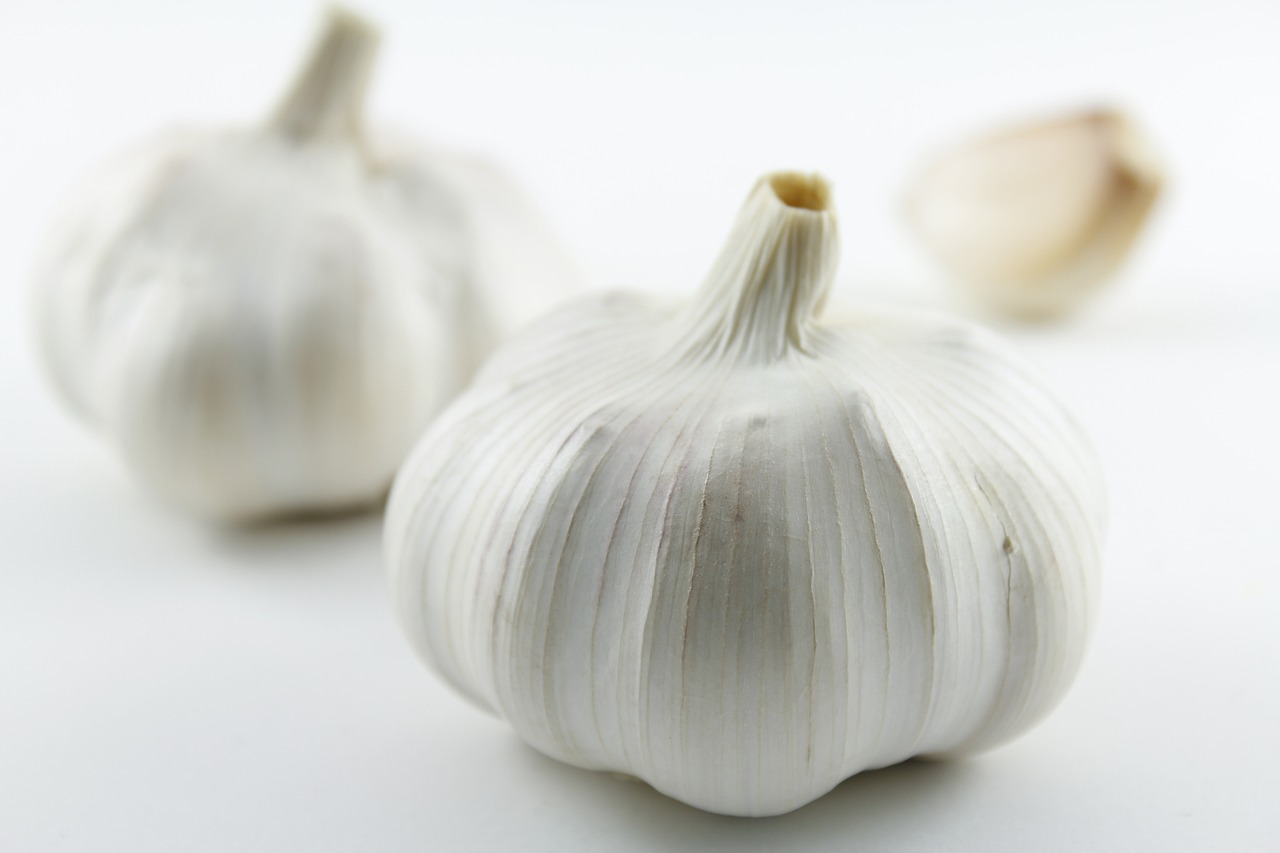Brazilian Feijoada: A Magnificent Dish with Dark Beans and Pork Meat

Exploring the rich culinary heritage of Brazil, feijoada stands out as a beloved traditional dish. This hearty stew features dark beans and various cuts of pork, creating a flavorful and satisfying meal enjoyed by many.
History of Feijoada
Exploring the origins of feijoada takes us on a journey through time, tracing back to the culinary traditions of Portugal. This hearty stew made its way to Brazil during the colonial period, where it underwent a transformation to become the beloved dish it is today. Originally a simple meal prepared by slaves using leftover cuts of meat, feijoada has evolved into a symbol of Brazilian cuisine, rich in history and flavor.
The name "feijoada" itself is derived from the Portuguese word "feijão," meaning beans. This highlights the significance of black beans as the core ingredient of the dish, symbolizing the fusion of African, Indigenous, and European culinary influences that define Brazilian culture. Over the years, feijoada has not only nourished bodies but also served as a cultural bridge connecting different communities and traditions.
As feijoada gained popularity in Brazil, it became more than just a meal; it became a tradition. Often associated with special occasions and gatherings, feijoada is a dish that brings people together, fostering a sense of unity and celebration. Its presence in local festivals and family gatherings showcases its enduring legacy and its ability to transcend culinary boundaries.
Throughout history, feijoada has adapted to reflect the diverse cultural tapestry of Brazil. Different regions have put their own unique spin on the dish, incorporating local ingredients and cooking techniques. From the mountains of Minas Gerais to the beaches of Bahia, each variation of feijoada tells a story of heritage and innovation, adding depth to the culinary landscape of the country.
Ingredients and Preparation
When it comes to preparing the iconic Brazilian dish, feijoada, the key lies in the selection of ingredients and the meticulous preparation process. The star of the show is the dark beans, typically black beans, which form the hearty base of this stew. Alongside the beans, a variety of pork cuts are essential to infuse the dish with rich flavors. Pork ribs, sausages, and bacon are commonly used to create a symphony of meaty goodness in every bite.
To kick off the preparation, the black beans need to be soaked overnight to ensure they cook to perfection. This step not only softens the beans but also helps to reduce their cooking time significantly. The next stage involves cooking the meats, which are often seasoned and browned before being added to the simmering pot of beans. The slow-cooking process is crucial to allow the flavors to meld together and create a harmonious blend of beans and meats.
As the feijoada simmers away, a tantalizing aroma fills the kitchen, building anticipation for the flavors that are about to unfold. The stew is typically seasoned with bay leaves, garlic, and other spices to enhance its taste profile. The result is a robust and savory dish that is both comforting and satisfying, perfect for sharing with family and friends.
When it comes to serving feijoada, it is traditionally accompanied by a few key side dishes that complement its flavors. White rice, often fluffy and steamed, provides a neutral base to balance out the richness of the stew. Collard greens, sautéed with garlic and olive oil, add a fresh and slightly bitter contrast to the hearty feijoada. Additionally, farofa, a toasted cassava flour mixture, offers a crunchy texture and nutty flavor that pairs perfectly with the stew.
In Brazilian culture, feijoada is more than just a meal; it is a symbol of togetherness and celebration. The communal aspect of sharing a steaming pot of feijoada with loved ones fosters a sense of unity and joy. Whether enjoyed at a family gathering or a festive event, feijoada brings people together around the table to savor its flavors and create lasting memories.
Accompaniments and Serving
When it comes to serving Brazilian feijoada, accompaniments play a crucial role in enhancing the overall dining experience. The traditional way of serving this hearty dish involves a variety of side dishes that complement its rich flavors and textures. Let's delve into the typical accompaniments that complete a feijoada feast:
- Rice: A staple accompaniment, white rice serves as a neutral base that balances the bold flavors of the feijoada.
- Collard Greens: Sautéed collard greens, thinly sliced and lightly seasoned, provide a refreshing contrast to the hearty stew.
- Farofa: Made from toasted cassava flour, farofa adds a crunchy texture and a slightly nutty flavor to the meal.
In addition to these classic accompaniments, some variations of feijoada may include orange slices, hot sauce, and vinaigrette on the side to further enhance the dining experience. The combination of these side dishes creates a harmonious balance of flavors and textures, elevating the feijoada from a simple stew to a festive culinary experience.
Variations and Regional Differences
When it comes to feijoada, the variations and regional differences across Brazil add layers of excitement and diversity to this iconic dish. Each region puts its unique spin on the traditional recipe, resulting in a culinary adventure that showcases the country's rich cultural tapestry.
In coastal areas, such as Bahia and Rio de Janeiro, seafood feijoada takes center stage, replacing the traditional pork with an array of fresh fish, shrimp, and squid. The briny flavors of the ocean infuse the dish with a distinctive taste that captures the essence of the coastal lifestyle.
Heading inland to Minas Gerais and São Paulo, feijoada is often prepared with a focus on the meaty goodness of beef and sausage, offering a hearty and robust version of the stew. The slow-cooked meats create a depth of flavor that is truly satisfying, perfect for meat lovers looking for a savory experience.
For those seeking a lighter alternative, urban centers like São Paulo and Brasília offer vegetarian feijoada options that are just as flavorful and satisfying. Ingredients like tofu, mushrooms, and plant-based sausages are used to create a meat-free version of the dish that still captures the essence of feijoada's rich flavors.
Exploring the northern regions of Brazil, particularly in the Amazon rainforest, indigenous communities have their own take on feijoada, incorporating local ingredients like cassava, wild game, and exotic fruits. This version of the dish reflects the deep connection to the land and the bounty it provides, offering a truly unique culinary experience.



 HazalVardal
HazalVardal 





